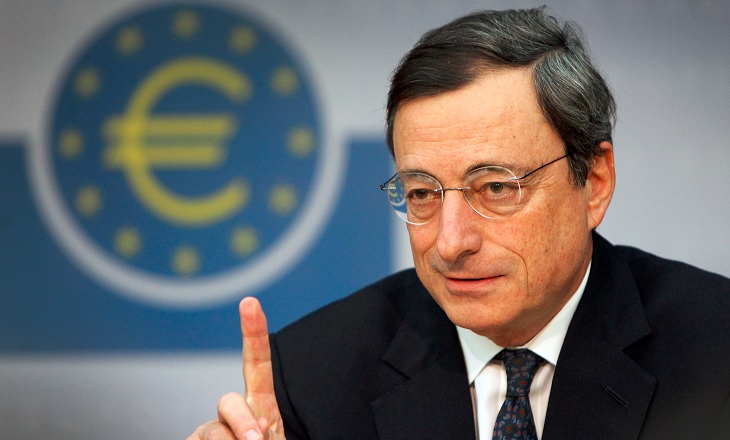The following article was written by Ipek Ozkardeskaya, Senior Market Analyst at FCA regulated broker London Capital Group Holdings plc (LON:LCG).

Ipek Ozkardeskaya, LCG
The European Central Bank (ECB) will meet on Thursday and is expected to maintain the interest rates unchanged at the historical low levels. The announcement of the plans regarding the Quantitative Easing (QE) program will likely be the main highlight of this week’s meeting and there has been an important shift in expectations over the past weeks.
Currently, the ECB purchases 60 billion euro worth of sovereign bonds every month. As such, the ECB injects liquidity into the financial system and aims to boost the economic growth and the inflation toward the bank’s 2% mandate target.
The current QE program is due to end in September. Although the ECB refrained from giving any hints regarding the future of its QE program, the steady recovery in the Eurozone’s economy and the ECB’s improved rhetoric helped forming expectations that the bank will start tapering its monthly purchases after September.
However, the actual market conditions may not be ideal to start tapering the QE since the hawkish ECB expectations triggered a rally in the euro markets. The euro rallied past 1.20 against the US dollar in August and hit 0.93 against the pound.
The euro’s strength has gradually become a headache for the ECB officials, because in theory, a stronger euro should have a negative impact on the Eurozone’s inflation.
To cool off the rising worries, the ECB’s Council member Ewald Nowotny said that the euro appreciation should not be ‘over-dramatized’, as faster growth would compensate the impact of the stronger euro on inflation.
Low inflation is a major concern
The slow pick-up in consumer prices is a well-known issue to the ECB officials. According to the ECB President Mario Draghi, the euro inflation is ‘more muted than one would expect’ due to external factors such as the collapse in global oil and commodity prices, the output gap, and the global slack. Even though the inflation remains subdued due to external factors, it is the ECB’s responsibility to take care of the low inflation.
In 2014, President Mario Draghi had estimated that each permanent 10% appreciation in the euro’s effective exchange rate would ease the inflation by 40 to 50 basis points. Although the Eurozone GDP growth was lower in 2014 compared to today, the impact of the exchange rate on the inflation is an empirical fact and cannot be completely ruled out.
Under the current circumstances, the ECB could refrain from reducing the size of its monthly asset purchases and delay the QE exit plans to avoid a further rush in the single currency, which in turn, would ease the negative pressures on the inflation.
Will the ECB announce QE tapering?
The ECB is now expected to wait until October to announce the future of its asset purchases program. According to Bloomberg news, officials may not have a complete plan until December.
Euro could give back gains if the ECB decides to reduce the size of its balance sheet starting from October, with a flexible duration. The 1.20 could be an interesting top for tactical sales and pressure the EURUSD toward 1.1715 and 1.1495, the minor 23.6% and the major 38.2% retracement on April – September rise respectively. Above 1.1495, the euro’s medium term positive trend will not be compromised.
The euro sales could be more aggressive and cause a mid-term trend reversal if the ECB drops its tapering plans in the foreseeable future, and/or delays the announcement of its QE exit plans toward the end of this year.
In the most optimistic scenario, the ECB could start tapering its monthly bond purchases as planned, and announce a flexible and arbitrary increase in purchases of covered bonds and asset-backed securities to compensate for lower sovereign purchases. This could help Draghi to contain the ECB hawks’ enthusiasm as much as possible.
Expect two-sided euro volatility
In the dirt of early hints on the ECB’s policy plans, the confusion reigns across the euro markets. Traders should be prepared for two-sided volatility on Thursday.
The euro could face high volatility before defining a clear direction as Mario Draghi speaks at Thursday’s press conference. The euro will likely clear positions on both directions before taking a steady path. Risk averse traders could prefer turning flat before a potentially bumpy session on Thursday.
